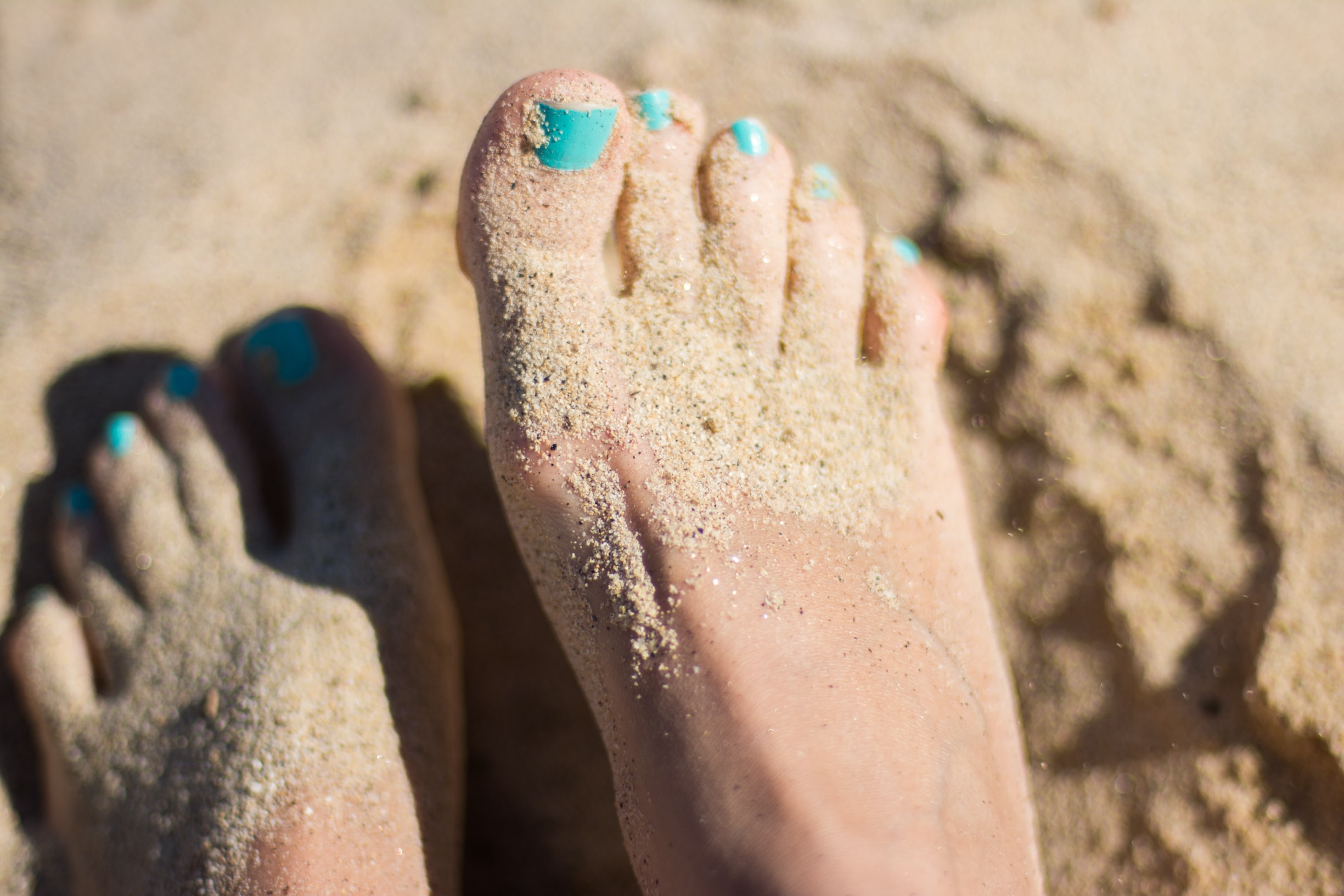Athlete’s foot prevention natural home treatment
When it comes to athlete’s foot prevention and treatment, whether natural treat at home, or pharmaceutical, every man, woman, and child should be concerned because it has no age discrimination.
Author:James PierceReviewer:Paolo ReynaJan 22, 20211K Shares215.6K Views

When it comes to athlete’s foot prevention and treatment, whether natural treat at home, or pharmaceutical, every man, woman, and child should be concerned because it has no age discrimination. The next time you or a loved one get a rash on your foot, don’t just assume it’s not a big deal. You might have that common condition known as athlete’s foot. Though it’s common and easy to get, it can be a pain to get rid of if you don’t treat it aggressively.
But isn’t this a condition that’s usually found among athletes? Yes, it is, but it’s also found in children, women, and men who are not athletes. This condition is an equal opportunity fungus and doesn’t care what your age, occupation, or sex is.
Fungus
This fungus just loves any place that’s warm and wet enough for it to thrive. It has lunch in mind – your skin cells. Your body’s old skin cells make a tasty meal for this rapidly spreading fungus.
The worst part about having it isn’t just the itching it causes (though that effect can be a pain to deal with), but it’s the fact that it can travel over your skin and grow on other parts of your body – anywhere on your body where moisture exists. It’s easily spread from your feet to your groin.
So just how do you get, and prevent athletes foot? You can get it by coming into contact with the affected skin of someone who has it. You can get it by walking on a floor where the fungus is residing.
Common places are anywhere that’s shared by a lot of people. Community pools can be a breeding ground for this fungus. If someone who has it walks barefoot to get into the pool and you walk barefoot behind that person, stepping where he stepped, then you can pick up the fungus.
High school and college locker rooms are a place where the fungus is often found. It might even surprise you to know that the fungus can live on a carpet. If anyone that has the condition comes into your home, removes his or her shoes, and walks barefoot across your carpet, then you have a pretty good chance of getting the condition, too.
You can also get the fungus by using the same towel that someone with the condition used. If you wear shoes like sneakers or flip-flops(shower shoes) that let your feet sweat (especially during the summer), the fungus can grow rapidly in that environment.
Also, reusing socks without washing them can help the fungus spread. So how can you tell if you have this condition? Some signs are itching (mild to severe), redness of the skin, scaly or cracked skin.
If it’s left untreated, the fungus will get worse and can lead to bleeding areas where the skin is cracked and a bacterial infection takes root. If you notice a stench between your toes and skin that’s moist and peels easily, you more than likely need treatment.
Athletes’ foot is common and easily treatable in the early stages. It’s only when it’s left untreated that it can really be a bear to get rid of. You can find plenty of ways to treat the condition – including natural as well as pharmaceutical.
However, the main point to remember here is the prevention of getting an athlete’s foot in the first place. You now know how you can get it, so exercise avoiding the ways of contraction. In either case, you should always have a home treatment available at all times so you can take immediate action.
Jump to

James Pierce
Author

Paolo Reyna
Reviewer
Latest Articles
Popular Articles